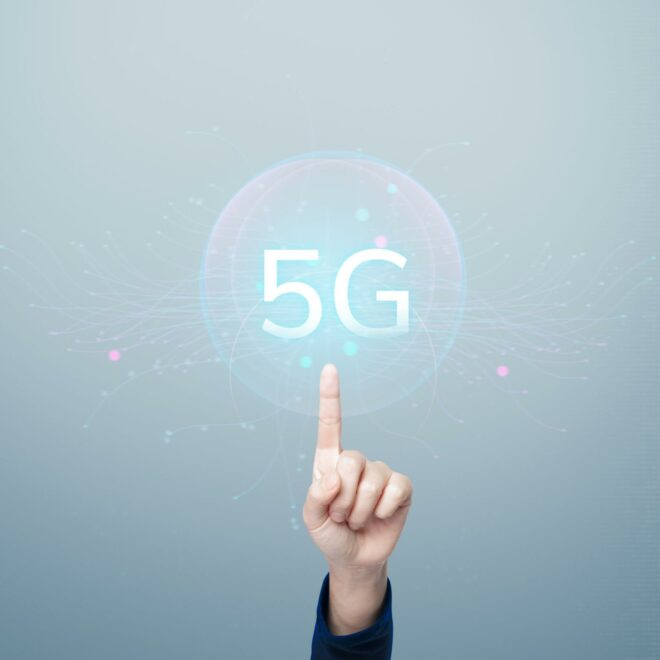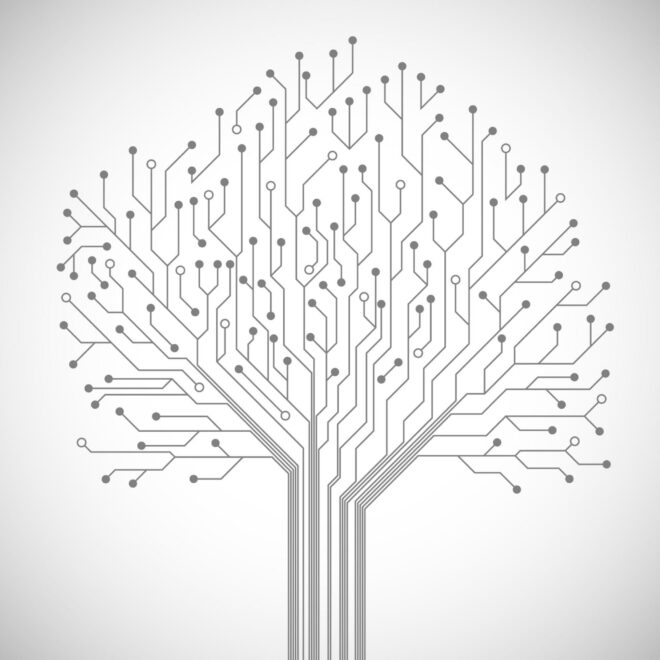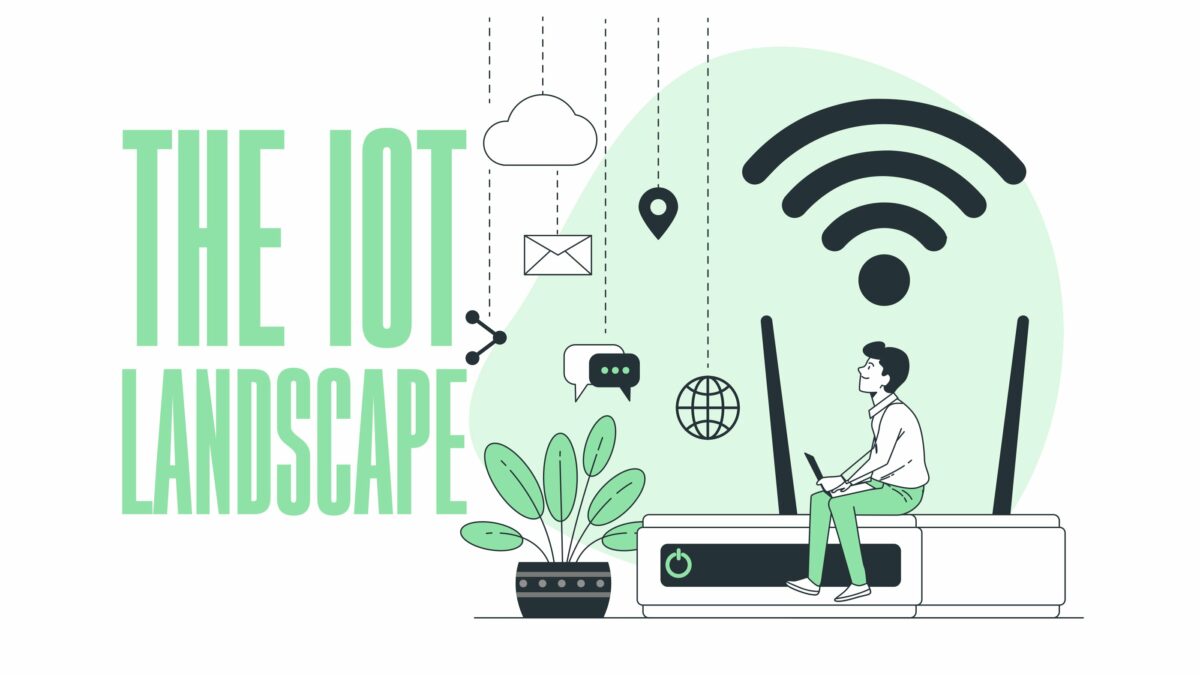Imagine a massive interconnected web of physical devices, each with its own IP address, connected to a network through the cloud, offering businesses incredible insights and data with which to drive decision making. In essence, this is what the Internet of Things (IoT) is all about.
While this is a simplified explanation, it does offer a glimpse into the complex landscape of IoT. IoT is considered an ecosystem. That’s because all of its parts rely on one another for full functionality and maximum benefits.
The question that now arises is what is the role of developers in this ecosystem? What are some potential challenges and opportunities they are likely to face in this rapidly accelerating space? That’s what this article covers. So, keep reading to learn more.
Understanding the IoT Ecosystem
The great big IoT ecosystem is named as such for a reason. There are millions of smart devices that are connected to each other and to networks and gateways that enable us to carry out a myriad of tasks and simplify our lives.
There are certain key features that are involved in IoT, such as applications and user interfaces, analytics and data management, the IoT cloud, and of course, the network, gateways, and security. But in short, this ecosystem is primarily characterized by devices and sensors, connectivity, and data processing and storage.
1. Devices and sensors
Let’s begin with devices, sensors, and actuators. This is where the real magic begins. Each of these hardware devices has an IP address and, depending on the functionality in question, can monitor certain metrics and when a threshold is reached, inform a sensor which then triggers the actuator to take an action. Each of these hardware devices has an IP address and, depending on the functionality in question, can monitor certain metrics and when a threshold is reached, inform a sensor which then triggers the actuator to take an action. Adding a logo design can help in distinguishing these devices for easier identification and maintenance in complex systems.
For example, a car that has a built-in sensor to indicate when tire pressure is low. Alternatively, it can be when energy usage reaches a certain level in your home and your light switches are preprogrammed to turn off in order to save power. Whether it’s in our daily lives or in broader industries such as healthcare, agriculture, or even smart cities, the importance of connected devices is undeniable.
2. Connectivity

Connectivity with IoT devices and systems can be wired or wireless — e.g. Bluetooth, 2G, 3G, 4G, and 5G. Whether it’s a tablet, computer, smartphone, smartwatch, a smart vacuum cleaner, or something more complex, it’s essential to consider the connectivity options available. Connectivity is important because it takes up energy and power, and can sometimes use up quite a lot, resulting in short- to medium-term availability of battery power.
As such, this power consumption can affect the length of time for which an IoT device is connected and for how long it is operational before an action needs to be taken. With connectivity also comes the importance of considering balancing data rates and ranges.
3. Data processing and storage
One of the ultimate things that an IoT device does collectively is to provide valuable data to drive decision making forward in an informed manner. However, before this data is made available, it needs to be effectively processed. This is where machine learning comes into play and sometimes artificial intelligence (AI) steps in to extract key insights, information, and trends through fast data processing, akin to how a business name generator rapidly produces diverse naming options.
But that’s not the end. Once data has been processed, it also needs to be stored properly, ensuring strong adherence to security measures. As such, data management is a big factor in providing a safer and more secure IoT usage experience and environment.
Challenges and Considerations in the IoT Landscape
Some of the challenges and considerations that developers face in the IoT landscape are the following:
- Security and privacy: Cyber security is a major concern. It’s possible for hackers to infiltrate systems and introduce malicious software through bugs, ransomware, or Denial of Service (DDoS) attacks. Securing IoT systems and ensuring data protection against these cyber threats is critical.
- Interoperability: A second challenge developers face is the issue of interoperability or compatibility issues. Often, this is caused by non-adherence to interoperability standards. Also worth mentioning is the importance of legacy app modernization.
- Data overload: Data management comes to the fore once again and critical strategies must be implemented to ensure that organizations are capable of handling vast data volumes.
- Power consumption: Servers that support the cloud infrastructure, if not managed accurately, can be large consumers of energy. That’s why it’s also essential to balance functionality with energy efficiency, especially in cases of battery-operated devices.
- Ethical and regulatory concerns: A further challenge surrounds the question of data ownership. This is both an ethical and regulatory concern that must be considered. Developers and organizations must acquire consent for the use of user data and provide guarantees that it will not be misused.
Future Direction and Innovations in the IoT Landscape

On the flip side of the coin, there are incredible advancements and innovations in the IoT landscape that are shaping the direction of our digital future. Here are a few worth considering:
- 5G connectivity: 5G connectivity offers much faster data speeds with a lower latency for improved connectivity.
- Edge computing: Edge computing reduces latency and improves response times, facilitating real-time decision-making.
- AI and machine learning integration: Machine learning and AI are capable of processing large volumes of data, strengthening predictive analytics processes and being able to detect anomalies at a fraction of the time.
- Sustainability and green IoT: Further opportunities for improvement include the ability of the IoT sector to contribute to minimizing energy consumption for a lower environmental impact.
- Blockchain and IoT: The integration of blockchain in IoT can lead to enhanced security and trustworthiness through secure, decentralized, and tamper-proof data management.
Conclusion
The IoT landscape is undoubtedly dynamic and complex. It presents developers with both challenges and great opportunities for growth. Whether creating applications or developing custom software that end-users will interact with, they need to think critically about various aspects.
These include the end-user experience, safety, security, and privacy, sustainability and energy usage, and a whole combination of factors. This should be achieved in a holistic and forward-thinking way as they work toward shaping a connected future for our world.
